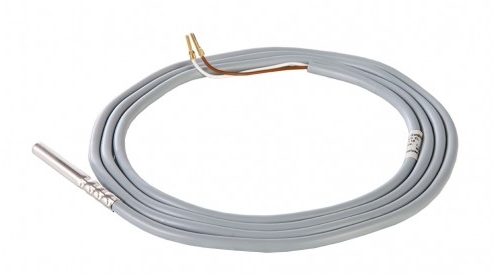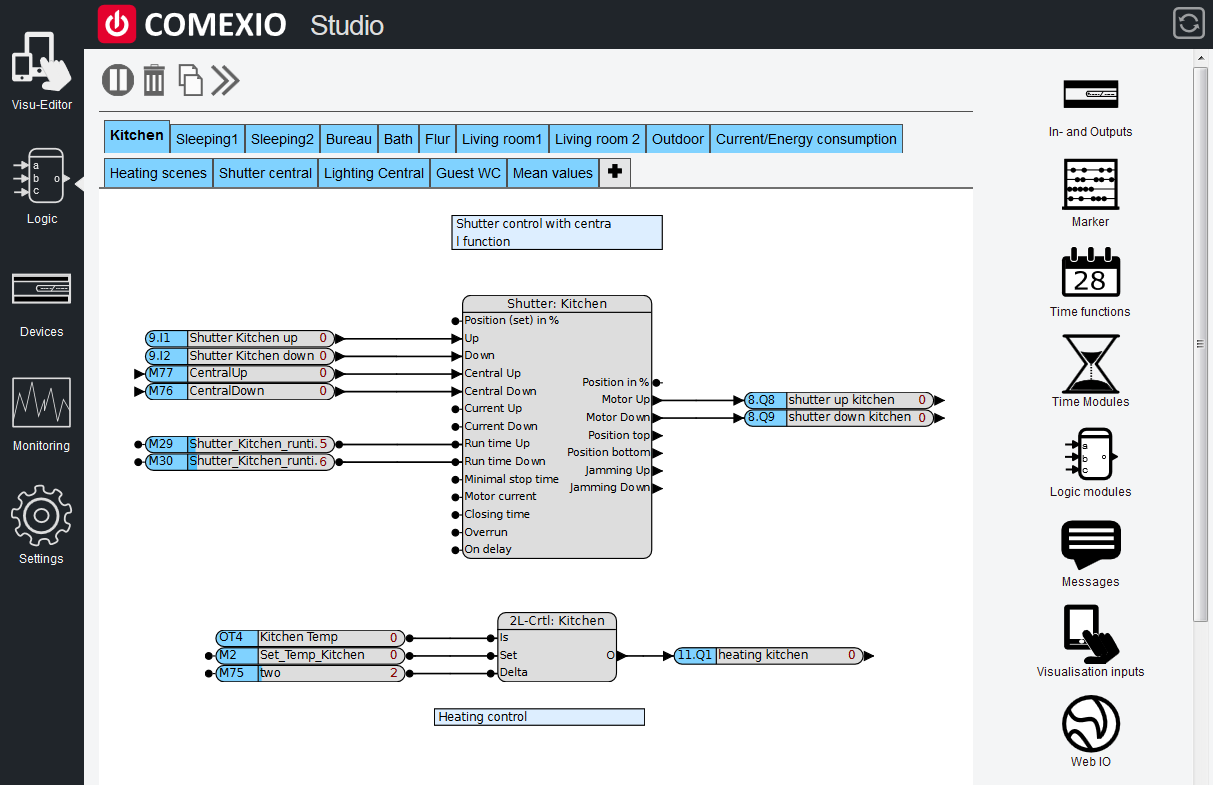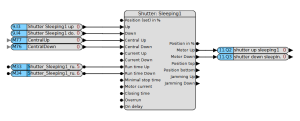After successful installation in the distribution you must necessarily deal with the programming. But how can I do this as effectively as possible, quickly and comprehensibly?
In order to answer this question, we have compiled some tips for programming from practical experience.
Tip 2: Use comments
The most common questions you ask yourself when you have a strange programming is “Why did he do this?”, “What should the function plan do?” And “Where does this value come from?”. A strange programming can also have been created by you two years ago.
Such problems do not occur when you add comments to anything that is more complex and to any function that affects more than one function plan!
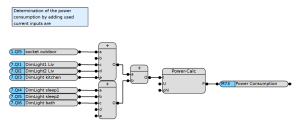
Tip 3: One function plan per room
Of course, many paths lead to the goal, but it has been shown that in a structured room by room programming, you rarely miss a function or a room. In addition, such programming is usually much clearer and you find the function you are looking for more quickly.
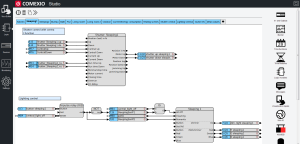
Tip 4: Light control via scene module
Scene modules can not only be used to control entire lighting scenes, they are also perfect for programming “Central Off” and “Panic Function”. Just use a scene block for each room! This gives you an enormous flexibility, which is also proven for few lamps. The “All Off” scene is automatically created and can be controlled via the Central Off marker. Because you can switch any kind of lighting in any way with the scene block, there is no problem to include dimmers or timer circuits.

Tip 5: Teach 1-wire sensors first
Before mounting the 1-wire sensors, these should be connected to the IO server and labeled in the programming as well as on the sensor itself. In this way you do not go afterwards with the lighter or the hot coffee cup on the search where you have installed which sensor.
